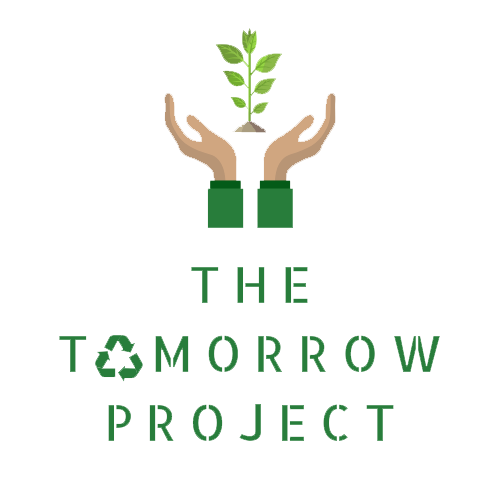Environmental Education and Our Curriculum
By Alie McDougall: Senior Director at The Tomorrow Project
Climate education is not only needed to prompt awareness, but also tangible action. Children are impressionable at a young age, and by making stewardship a core value rooted within the education system, the rising generation will have the mindset to make conscious decisions in favor of our planet and in turn, help to reverse the effects of climate change.
The Tomorrow Project is working to combat this gap in our education system by building and administering our own climate curriculum. I talked with the Tomorrow Project curriculum directors, Eliana Swai and Nathan Apfel, to gain better insight into the work they have been doing!
Q. When creating a new lesson or activity plan, what are your goals for the outcome?
A. If a student believes what they are learning has no value once they leave the classroom, they will immediately tune out. But environmental activism is something that impacts all of our futures so as we create our activity and lesson plans when introducing a new concept, we always tie it to something students have seen in their everyday life. For example, when explaining resources and the water cycle, we tie it to how it ends up in the tap students use to drink from. We always want to leave the students with a new curiosity for the world around them and how their habits affect it.
Q. How did transitioning to an all online format change the work you have been doing?
A. We wanted to focus on designing activities that were engaging but did not require too much aid from a working parent. We have mainly focused on creating educational videos, DIY projects, word searches and boardgames, and a few other competition based activities which can all be found on the Tomorrow Project website. We have also planned an hour-long webinar which will be much more interactive and will really focus on getting students into a sustainable mindset. As we head into the school year, we are transitioning into creating one to two week modules that would require more guidance from a parent or older family member but are still easy to follow step-by-step.
Q. What is something you hope all of our students take away from the lesson plans you design?
A. We really want to foster enthusiasm above all else. What we hope students gain through our activities is both a feeling that they can make a change in our world - that they can, through environmental activism at any point in their lives, help save our collective future - and an excited willingness to do so. We want them to understand the importance and beauty of our natural world and how it interacts with our current form of society. We want them to see that that understanding is exciting and important and that it belongs to each and every one of them. One day, these kids are going to be the generation that leads the world, probably through one of its most critical and difficult challenges. We want the students we teach to take on that challenge, whether on a personal or international level, and be happy knowing that they did something unequivocally good for the world.
Hopefully this blog provided you with a little more insight into how we as an organization are working to make climate education more accessible and engaging for all students. To access these incredible resources, visit our online curriculum page.
